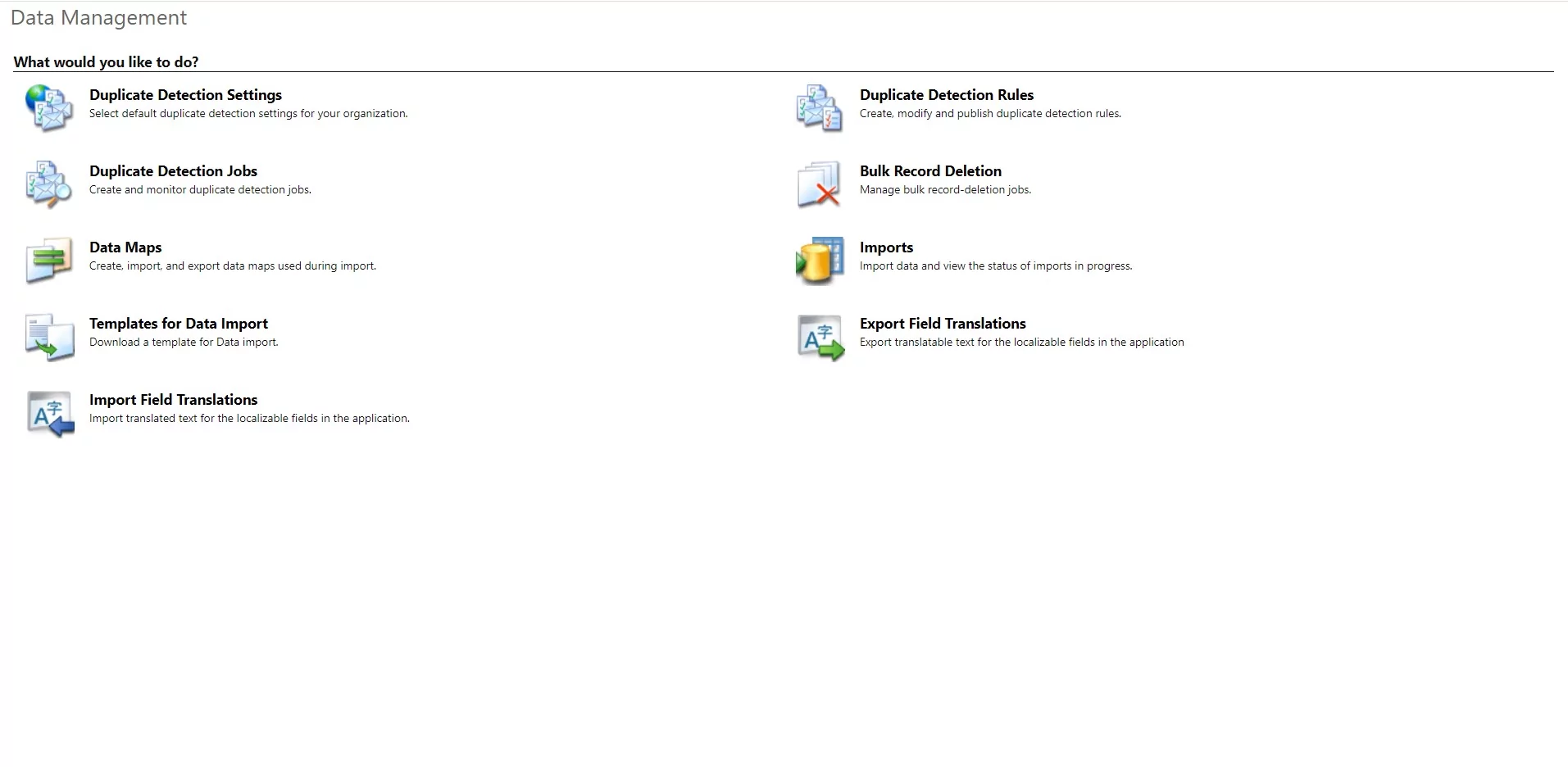Transitioning to Microsoft Dynamics 365 Marketing offers an exciting opportunity for both Marketing and Sales to align and collaborate more effectively. Microsoft Dynamics 365’s unique interlinked approach for Sales and Marketing allows users to share access to a common database of contacts, leads, accounts, opportunities, and more. However, with this robust integration comes a reality check – Are Sales and Marketing Ready to integrate?
This blog highlights how you can make a smooth transition from your outdated marketing automation platform to Microsoft Dynamics 365 for Marketing and how to overcome any transition challenges that come your way. From setting up Dynamics 365 for Marketing to configuring the system, this brief guide will help you walk through the transition.
Learn more about Dynamics 365 for Marketing!
Set up Microsoft Dynamics 365 For Marketing
The first step is provisioning Microsoft Dynamics 365 for Marketing. If you are already working with Microsoft Dynamics 365 for Customer Engagement, you can integrate the Marketing app to your tenant and assign it to the relevant instance.
Configuring Microsoft Dynamics 365 Marketing
Once you complete the setup, you will get an empty environment. Next comes the configuration, make sure to follow the below-listed steps for smooth configuration:
1. Authenticate Domain
Domain authentication is a process to identify forged domains and messages to prevent phishing, spam, and other fraudulent activities.
This step is significant for marketing email recipient’s servers, such as Google or Microsoft, to affirm that the ‘from’ address displayed on the messages belongs to your company, and it approves the capabilities of Dynamics 365 Marketing for rolling out messages on its behalf.
2. Administration Settings
Once you set up Microsoft Dynamics 365 Marketing and authenticate the domain, start working on other administration settings that need configuration. These settings are significant for set defaults, fine-tune application behavior, managing users, checking quotas, enabling webinars, and more.
3. Content Settings
Content settings include social media links, a subscription center link, a forward-to-a-friend link, a mailing address, and other relevant resources that can be used in marketing email messages as dynamic values. Remember that the physical mailing address and subscription center are two different and required fields. As the default subscription center, you can set up the out-of-box subscription center until you create your subscription center.
4. Incorporating Web Screening Script
Create and add a new tracking script for your website to monitor contact website behavior and save data into Microsoft Dynamics 365 Marketing. If you already have an old tracking script on your current website, keep that script until you have completely migrated to the new platform.
5. Marketing Settings Customization
Microsoft Dynamics 365 features offer great flexibility to marketers as they can add or hide fields in the list or form views, add new fields to existing entities, design custom business processes and workflows, and more. You can customize the lead lifecycle and keep track of it by building a lead business process or workflow.
Data Migration
After configuring Microsoft Dynamics 365 Marketing, you must migrate data and move marketing initiatives from your old marketing automation platform. Below are the recommended steps to migrate data successfully.
- Export Data: Export metrics, KPIs, reports, contact lists, and other data from your old marketing automation platform that is significant for your future marketing initiatives in Microsoft Dynamics 365 Marketing. If you cannot download the data, consider manually transcribing it or taking screenshots.
- Set Up Contact and Lead Attributes: Dynamics 365 Marketing needs lead and contact attributes for segmentation. Evaluate your lead and contact data to decide which information is crucial for segmentation.
- Import Leads and Contacts: If you are already using Microsoft Dynamics 365 for Customer Engagement, remember that the marketing instance shares data with other Dynamics applications and functions on multiple database entities such as leads, contacts, accounts, or more. Create segments to target in your journeys once you have all leads and contacts in your system.
- Establish Naming Conventions: Naming the conventions is critical for views, search, and reporting. Go through your current naming conventions and decide what data needs to be included.
Connect With Your Cloud Microsoft Solution Partner
For organizations, transitioning to Microsoft Dynamics 365 Marketing can be daunting, even when the advantages outweigh maintaining existing platforms. Microsoft’s partners, such as AlphaBOLD, are an important extension in helping customers with this transition. Microsoft partners offer implementation and industry expertise that can ensure successful business outcomes for companies undergoing a transition. As a strategic advisor, Microsoft Cloud Solution Partners are poised to help customers embrace this journey and ensure their systems are optimized and secure to capitalize on the benefits of the Microsoft Dynamics 365 Marketing Platform.




